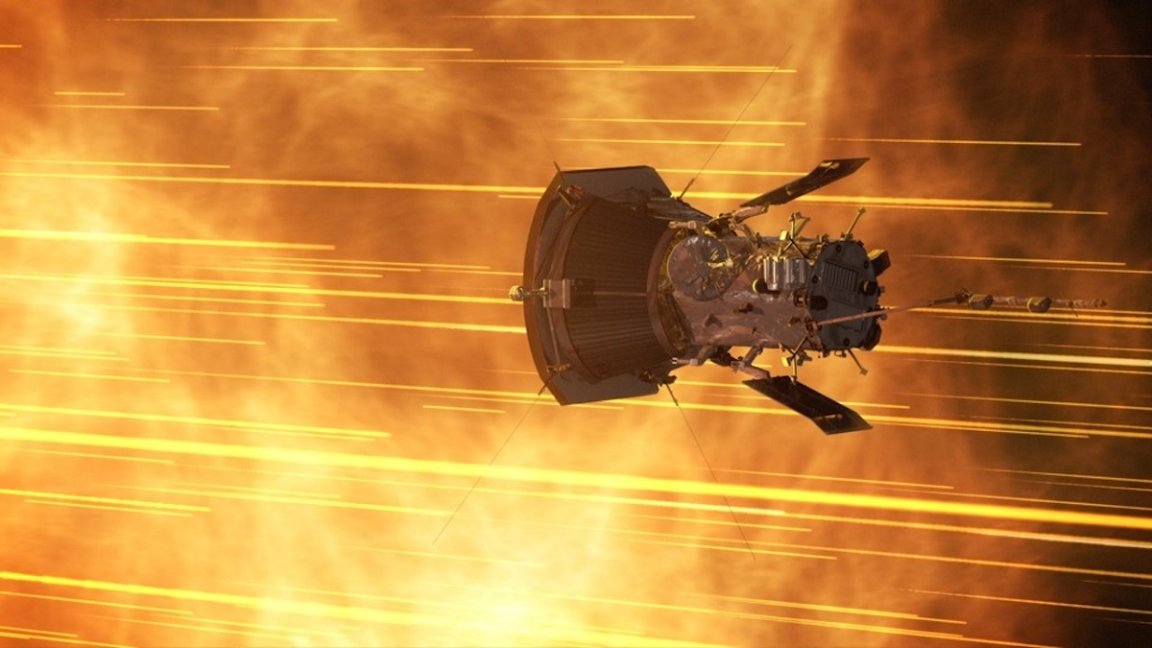
Sun Burnt
Flying an expensive satellite into an intense explosion of plasma from our Sun sounds like a risky proposition, but NASA’s sturdy Parker Solar Probe did just that earlier this month, in its latest daring bid to better understand our nearest star and its impact on our planet.
On September 5, the spacecraft flew through a plasma flare, specifically called a coronal mass ejection (CME), bursting from the Sun, said the space agency in a statement. The CME, “one of the most powerful” on record, is an eruption of plasma and magnetic field from the Sun’s corona, which is the uppermost part of the celestial titan’s atmosphere.
The probe was able to survive its encounter because NASA engineers equipped the satellite and its specialized equipment with a super heat-resistant carbon-composite shield that’s 4.5 inches thick and can guard against temperatures of almost 2,500 degrees Fahrenheit — really hot, in other words.
The satellite had flown this special leg of its mission in an effort to understand how CMEs interact with space dust and how both together may impact “space weather,” according to NASA. These solar disturbances aren’t just brutal out in the vicinity of our star; they can also adversely impact the functioning of telecommunications and electrical equipment back on Earth.
Star Struck
The cosmic dust that researchers were interested in can be found all over our solar system and originally came from comets, asteroids and planets, according to NASA.
Data from the Parker Probe, NASA reported, showed the CME pushing and clearing a path through a haze of cosmic dust “all the way out to about 6 million miles from the Sun — about one-sixth of the distance between the Sun and Mercury.” But soon after, more dust in the solar system rushed in to fill that void.
The probe, which first launched in 2018, has already made a huge impact on scientific research. In 2021, the satellite “touched” the Sun by flying below the corona in order to test the limits of the probe’s engineering — but most of all to gather important data on solar winds and the Sun’s magnetic field.
In 2022, the probe did some double duty and took startling images of Venus that showed the planet, which many scientists call Earth’s twin, with intriguing land mass features such as plateaus, plains and continents.
Every bit from data gleaned from these flybys at Venus and close brushes with the Sun bring us a greater understanding of our home in the universe — and also shows off human engineering at its finest.
More on the Sun: Scientists Say The Sun Has Been Shooting Out Super-bright Light For Years Without Anyone Noticing